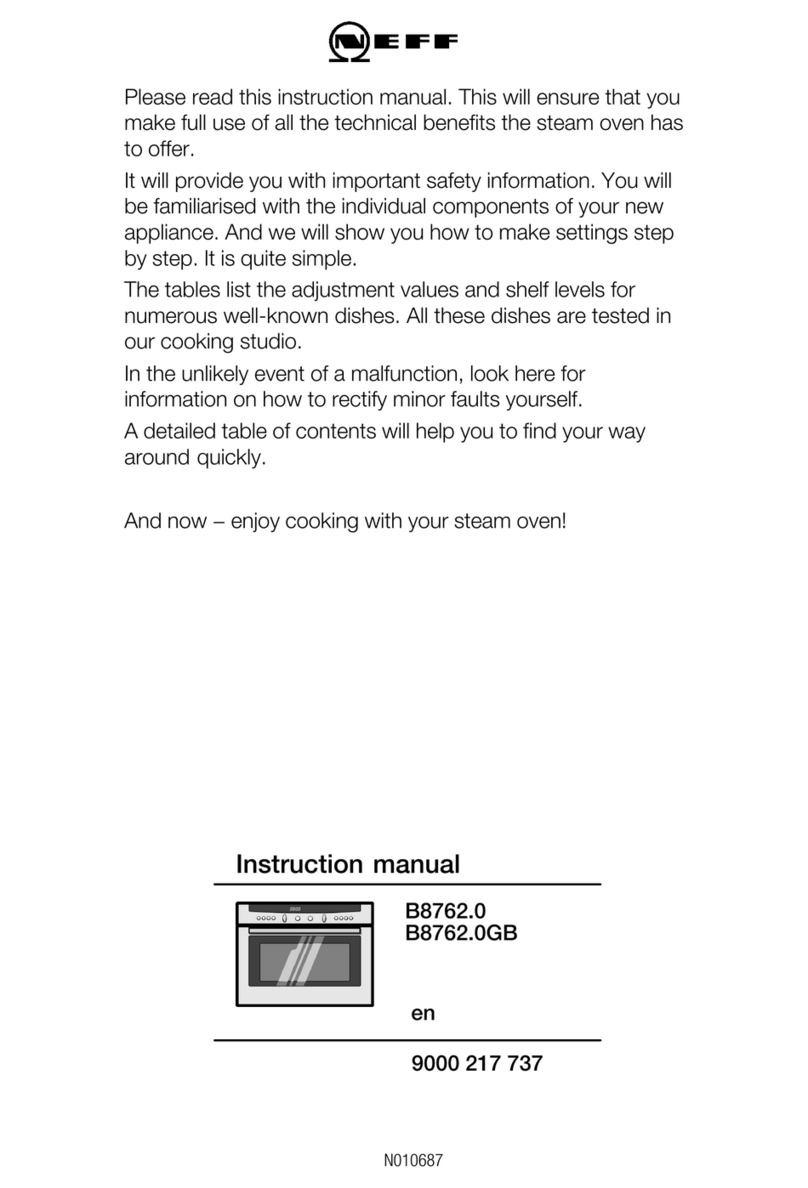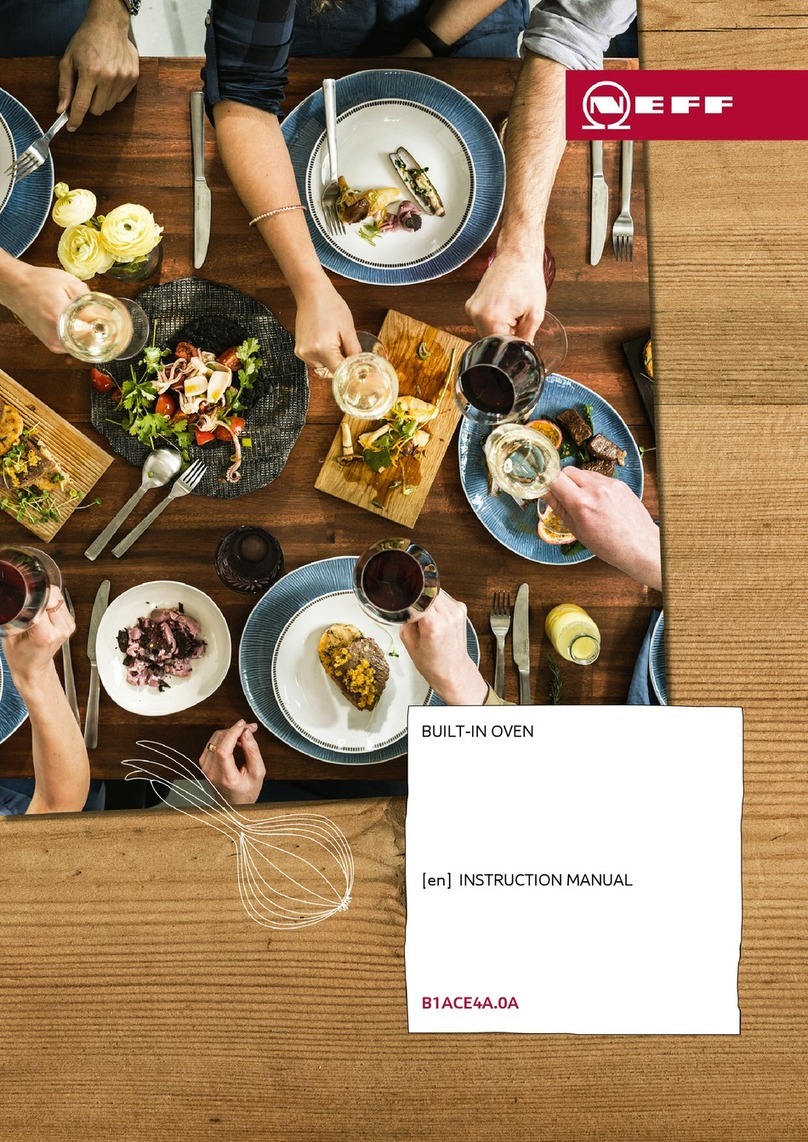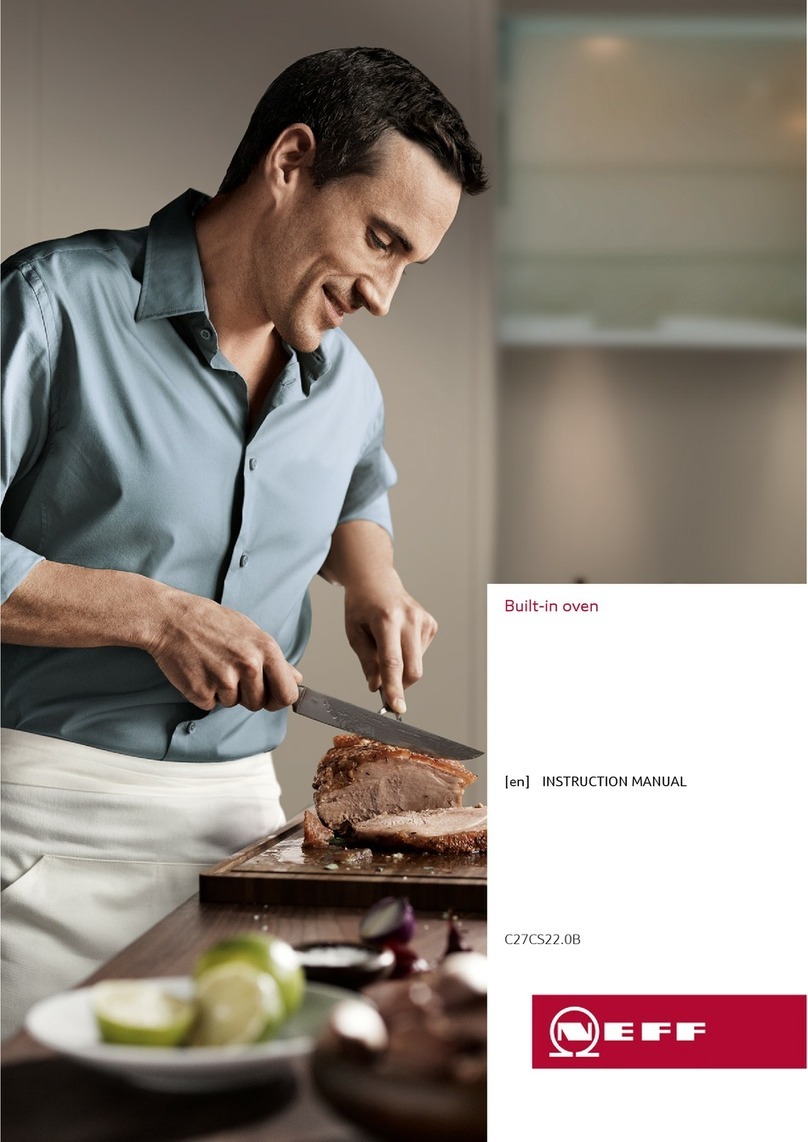NEFF U1320B2GB Safety guide
Other NEFF Oven manuals

NEFF
NEFF B6AVH7A.1 User manual
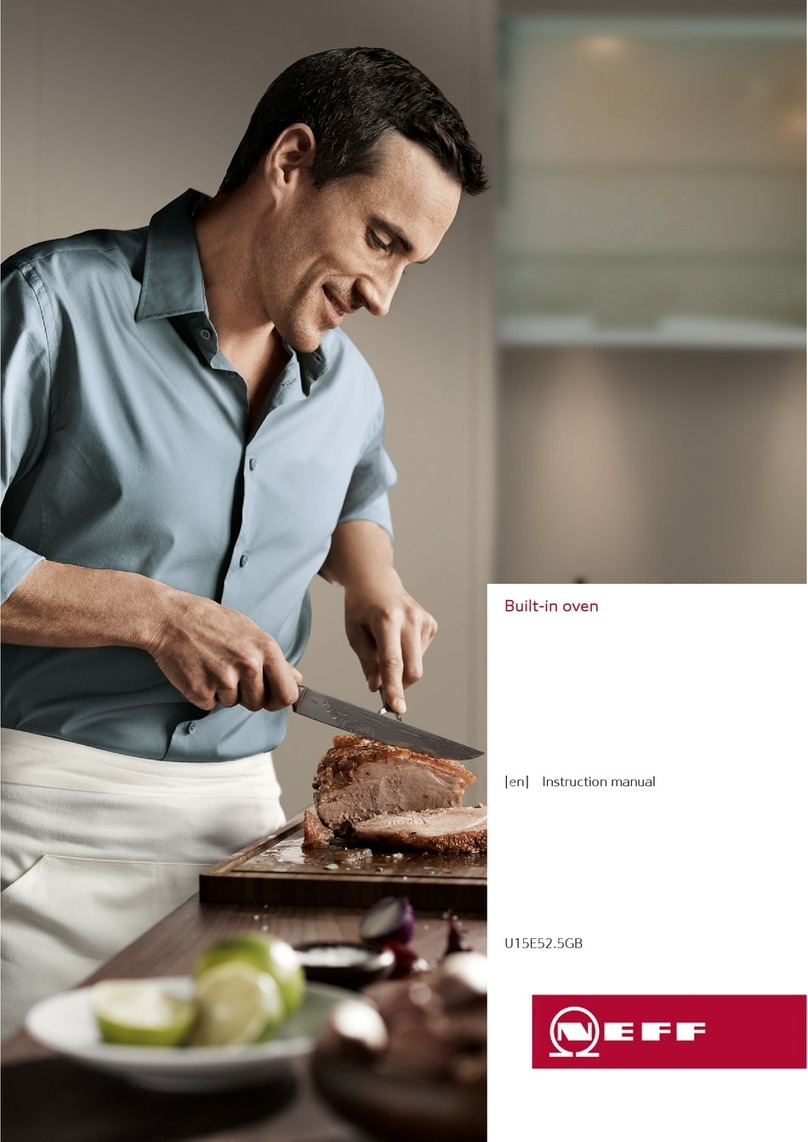
NEFF
NEFF U15E52 5GB Series User manual
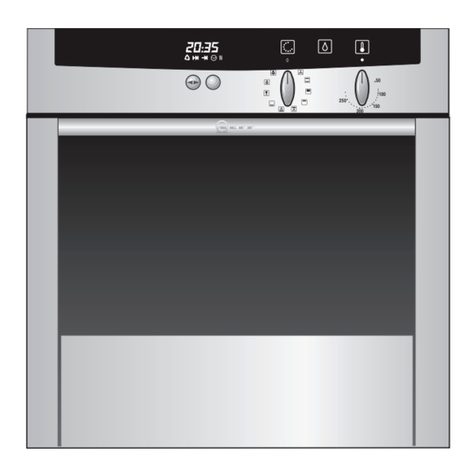
NEFF
NEFF B 15H4 User manual
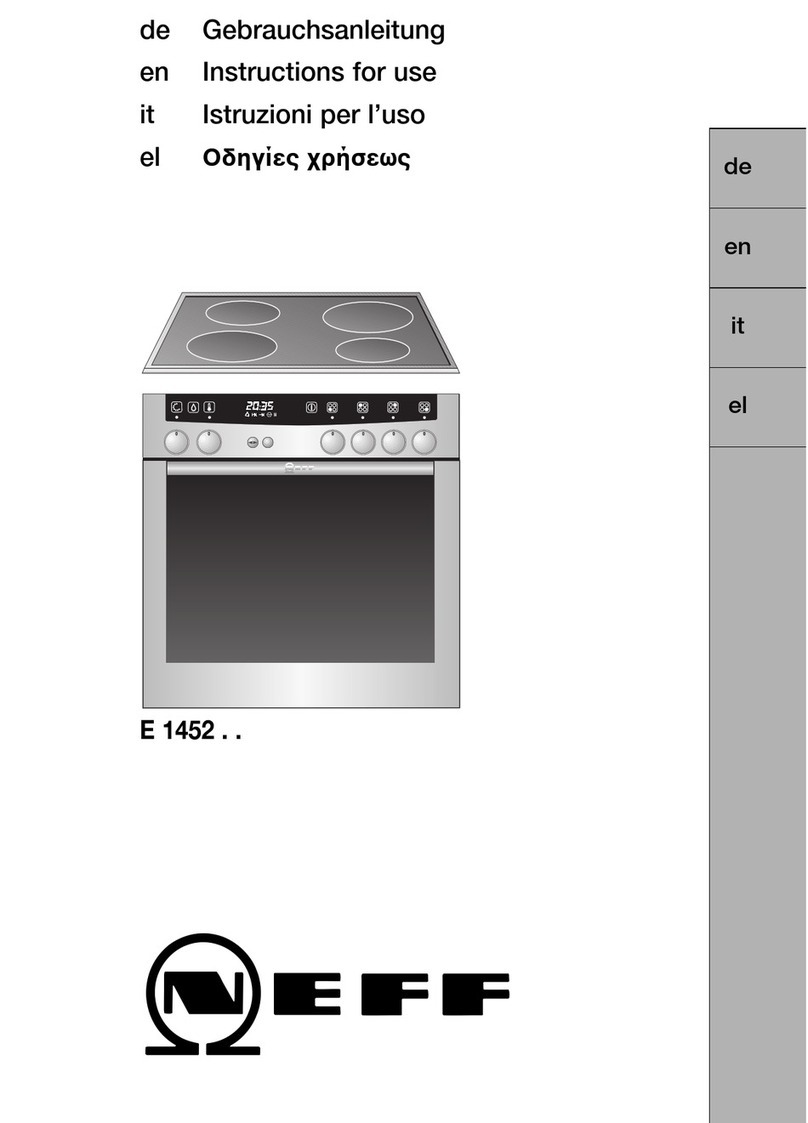
NEFF
NEFF E 1452 Series User manual
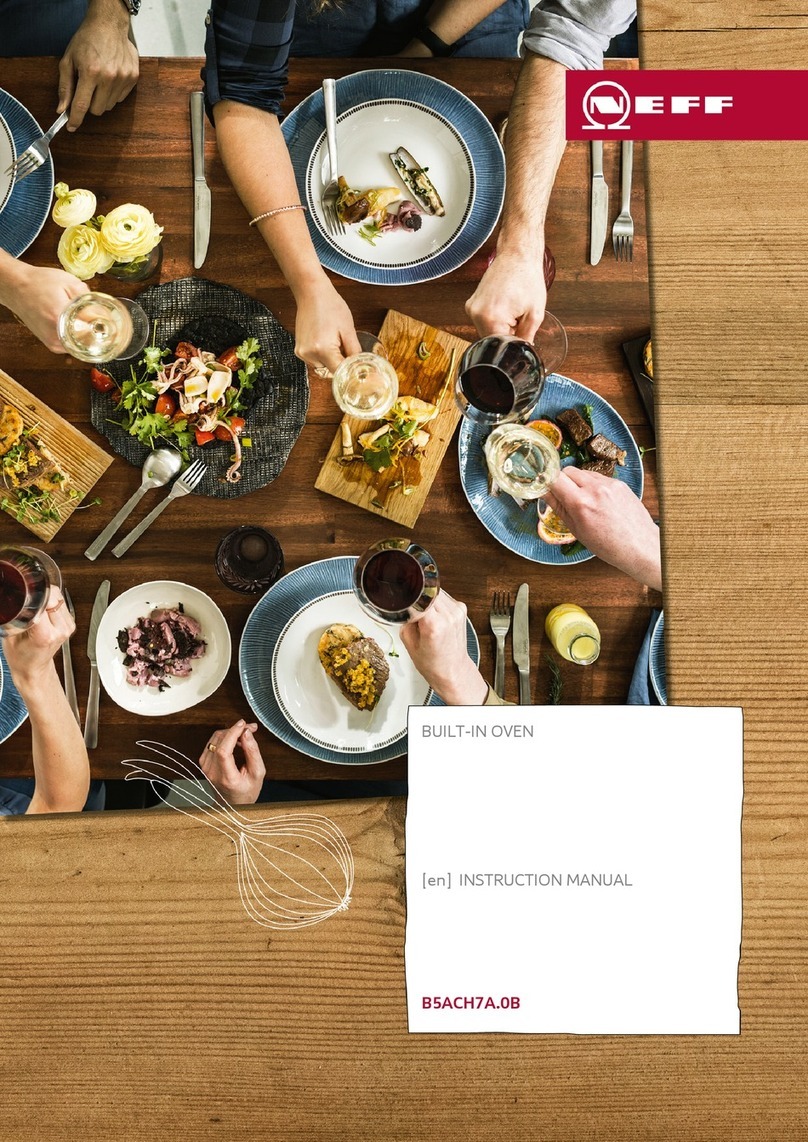
NEFF
NEFF B5ACH7A 0B Series User manual
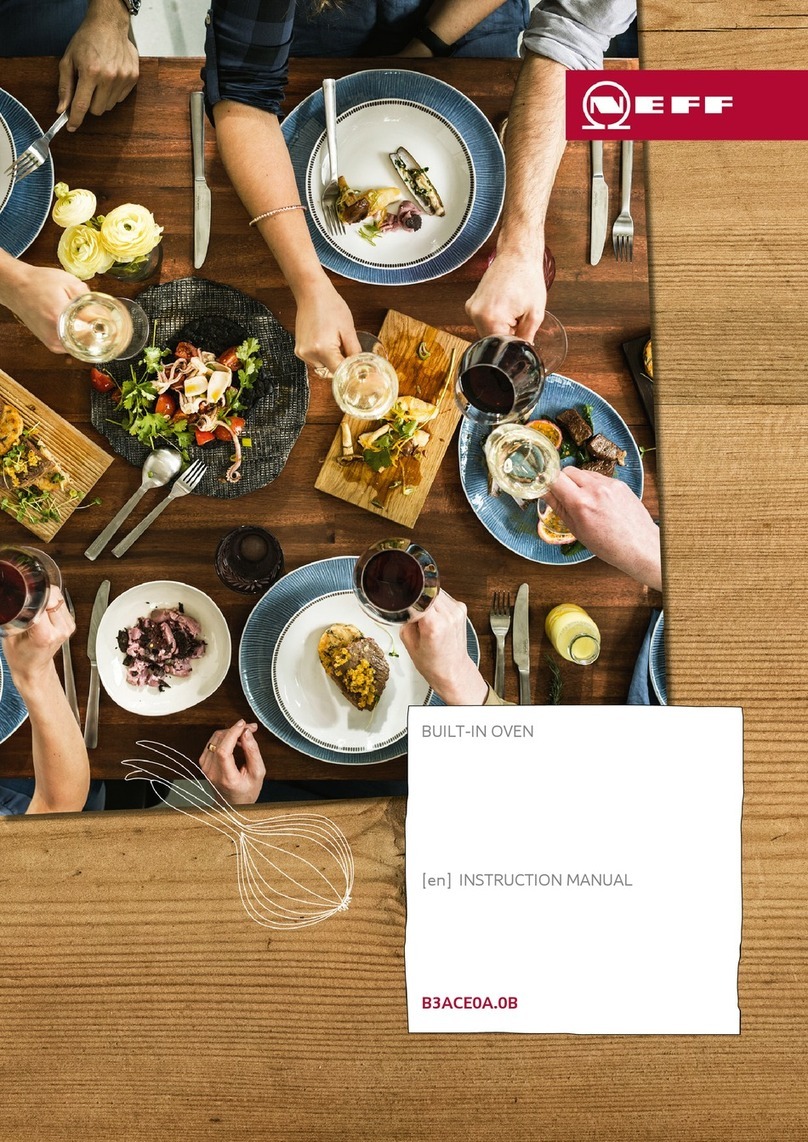
NEFF
NEFF B3ACE0A 0B Series User manual

NEFF
NEFF B12S22.3GB User manual
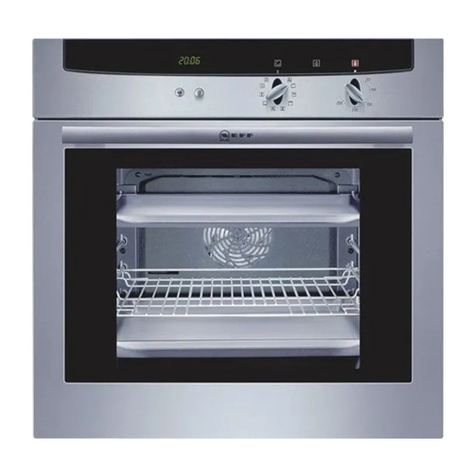
NEFF
NEFF B 1524 Series User manual
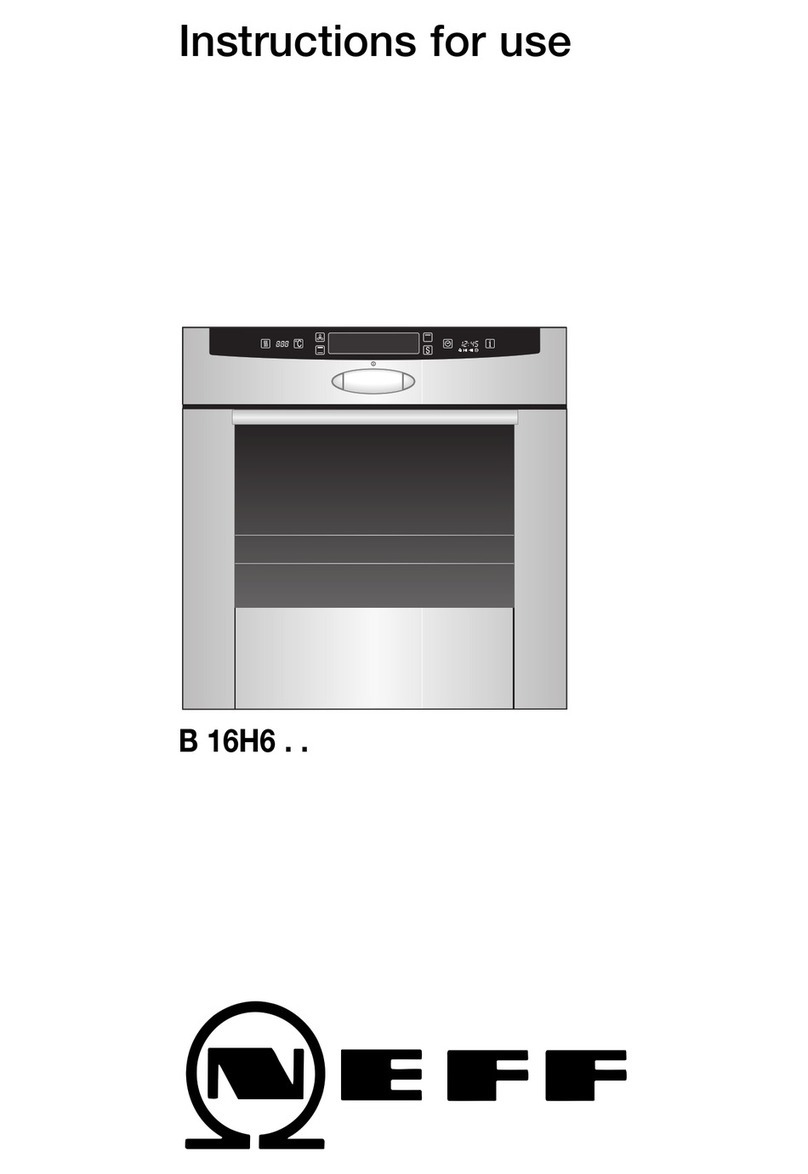
NEFF
NEFF B16H6A0 User manual

NEFF
NEFF T1.B22 Series User manual

NEFF
NEFF C67M70S0GB - annexe 2 User manual
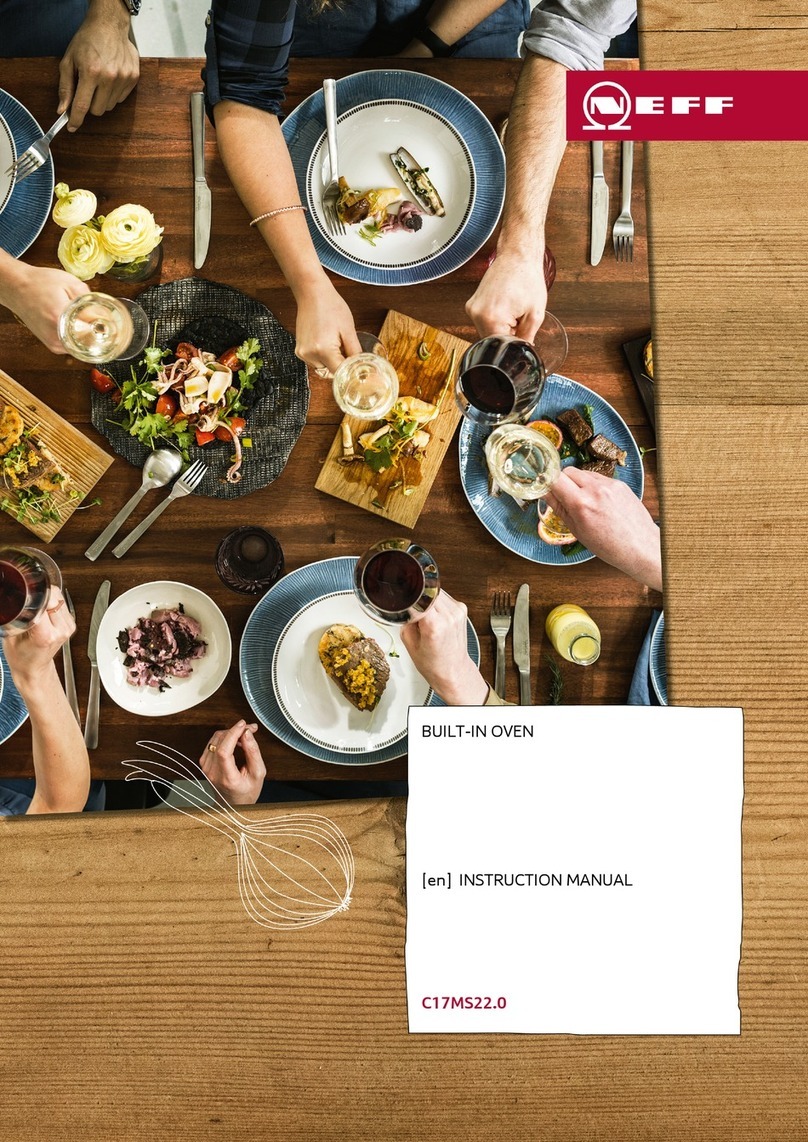
NEFF
NEFF C17MS22.0 User manual
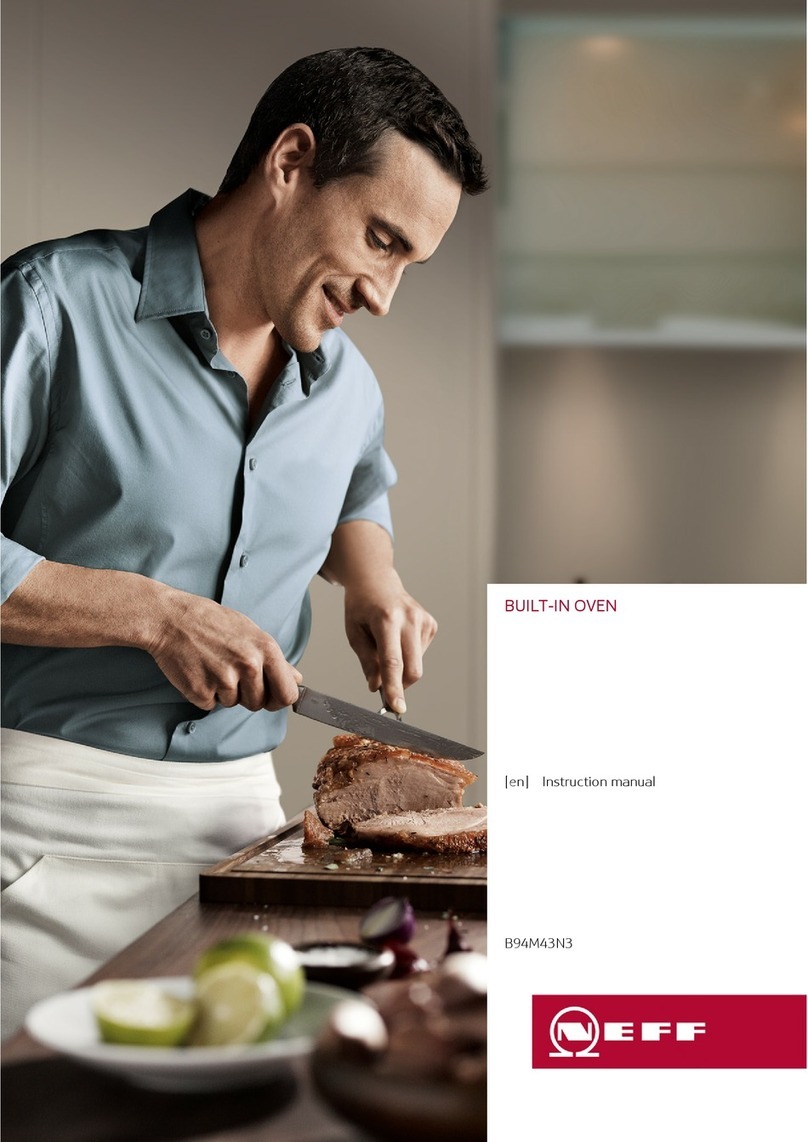
NEFF
NEFF B94M43N3 User manual
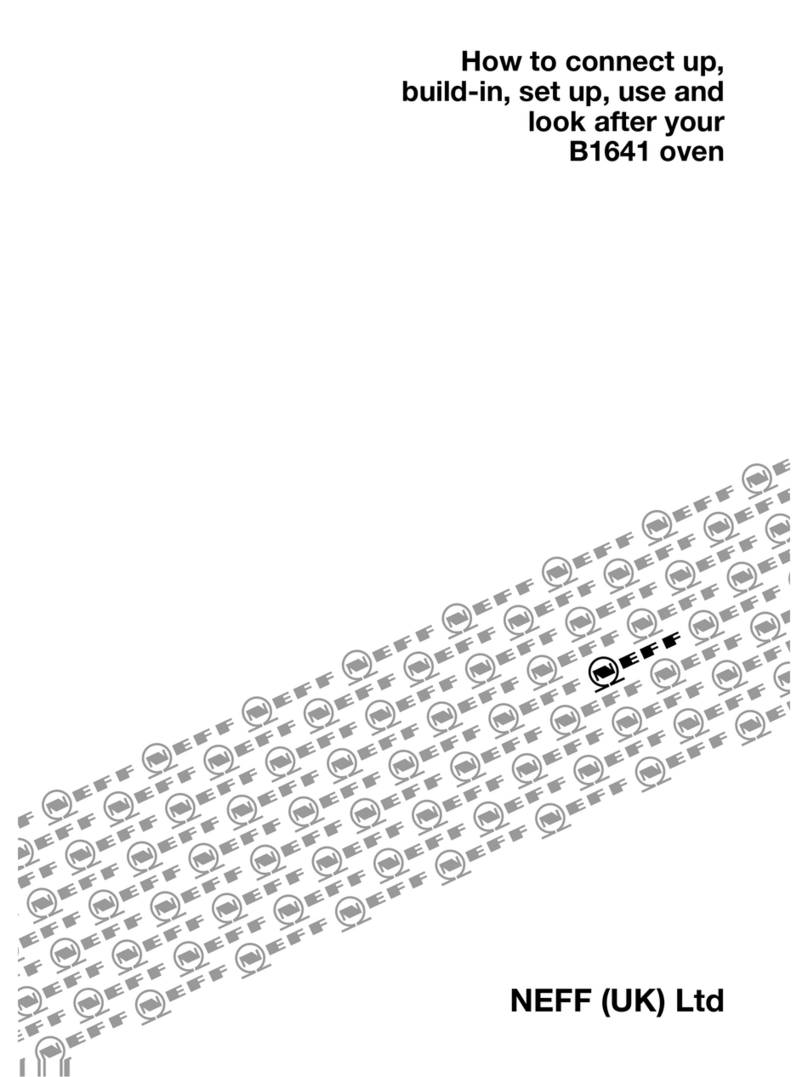
NEFF
NEFF B1641N2GB Safety guide
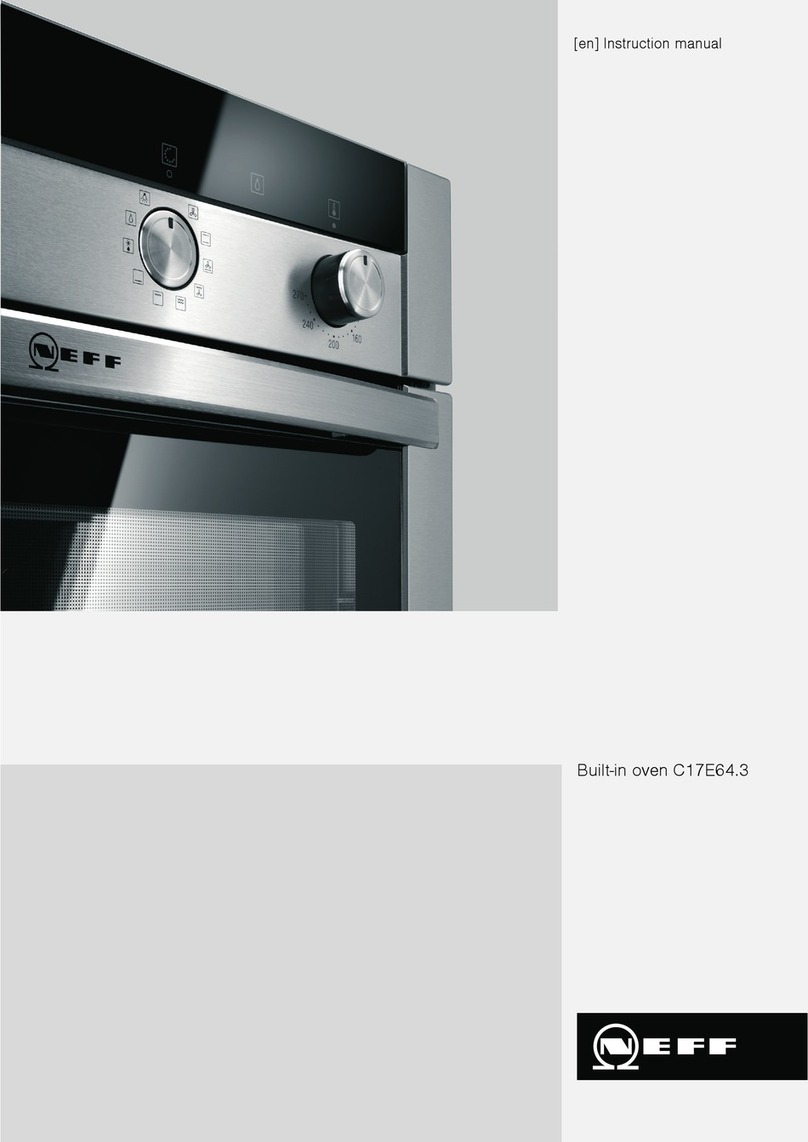
NEFF
NEFF C17E64 3 Series User manual
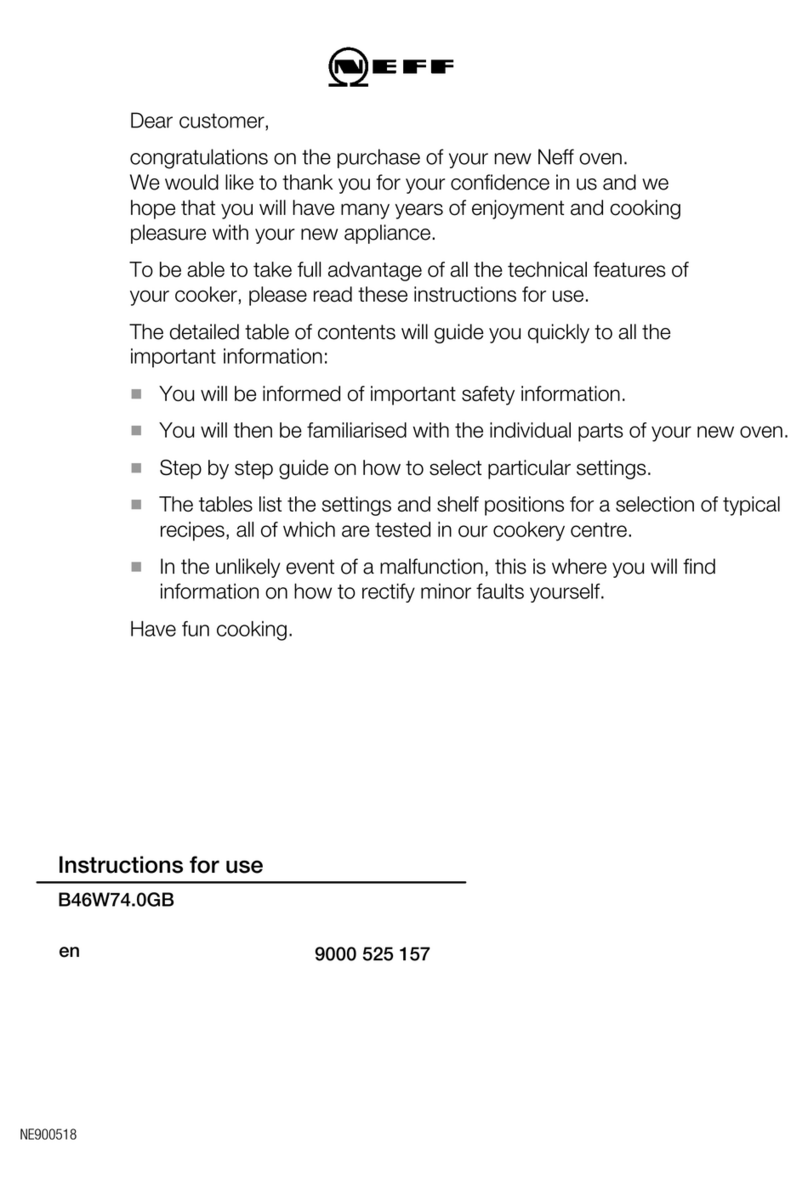
NEFF
NEFF B46W74N0GB User manual
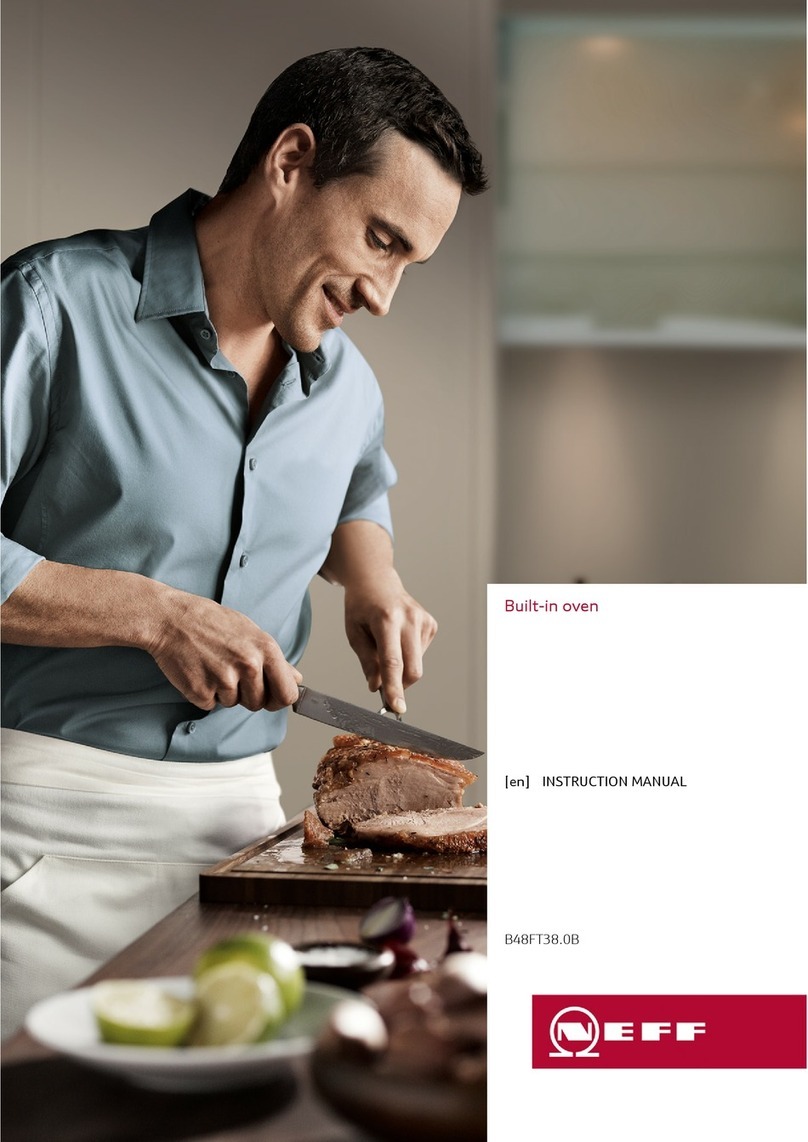
NEFF
NEFF B48FT38 0B Series User manual
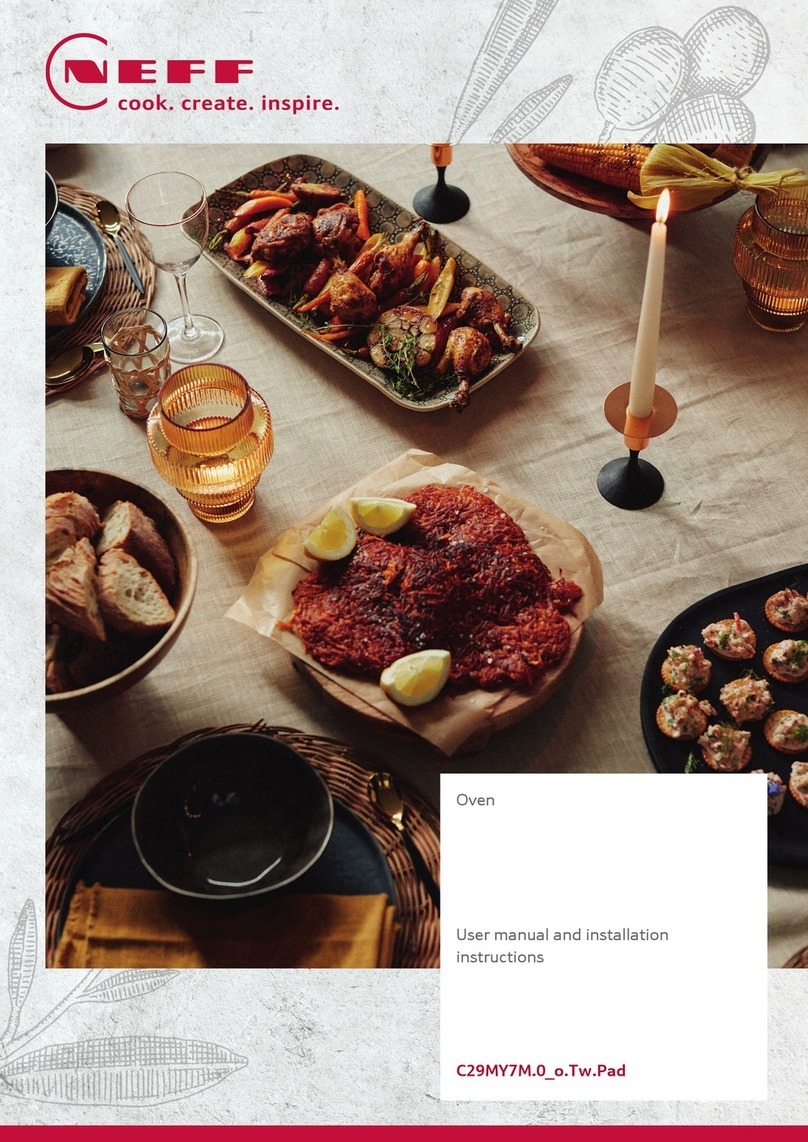
NEFF
NEFF C29MY7M.0 o.Tw.Pad User manual
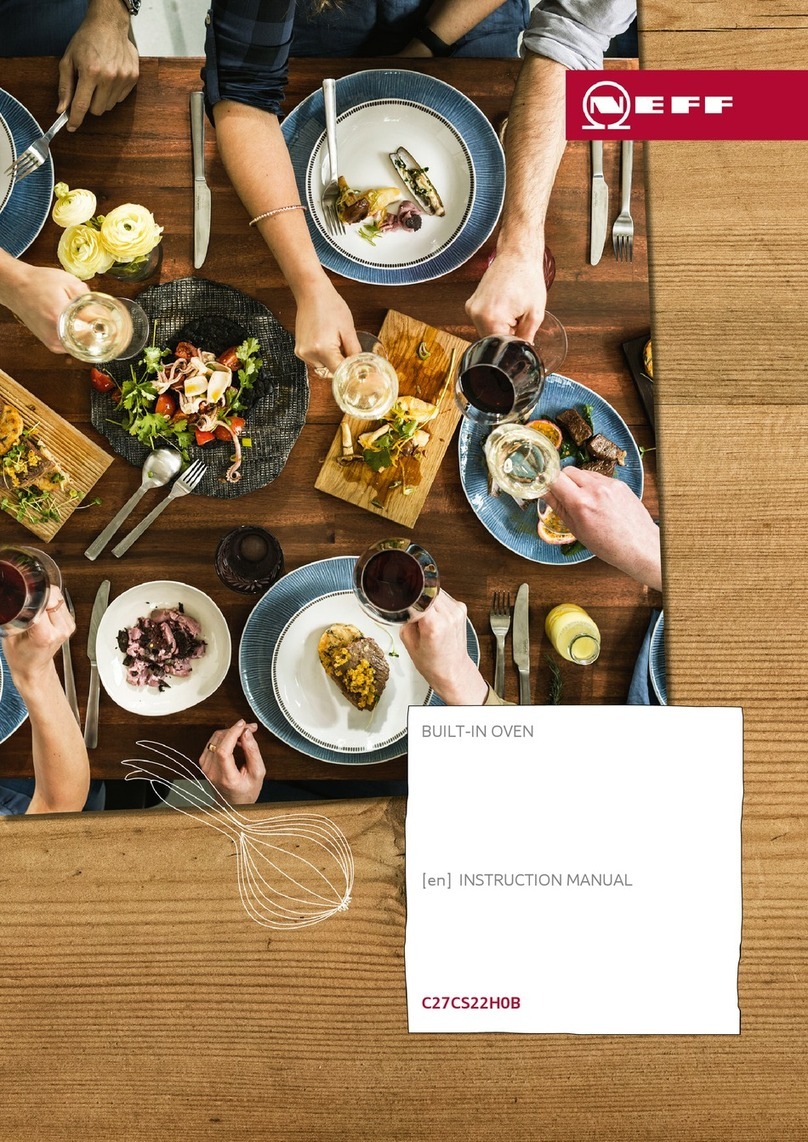
NEFF
NEFF C27CS22H0B User manual
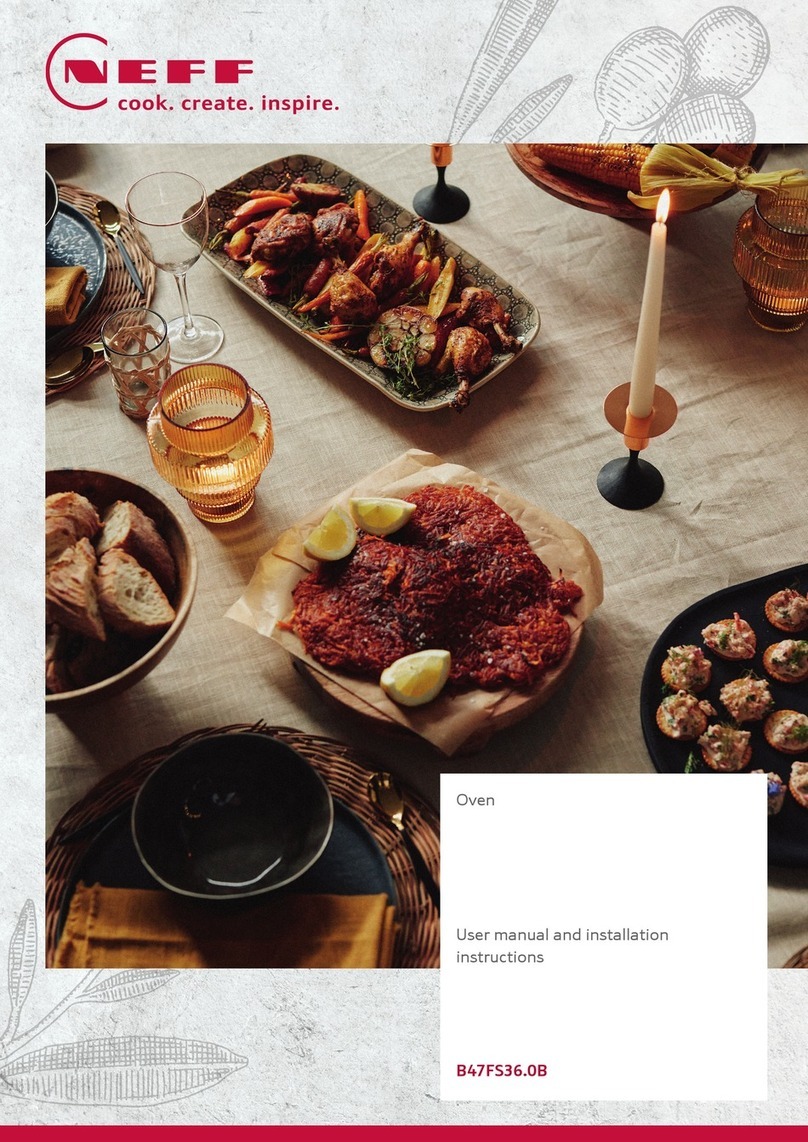
NEFF
NEFF B47FS36 0B Series Operating and maintenance instructions
Popular Oven manuals by other brands

Brandt
Brandt FC 222 user manual

aumate
aumate TOA20M04N-1E instruction manual

Maytag
Maytag CWE4100AC - 24" Single Electric Wall Oven Dimension Guide

Kernau
Kernau KBO 1076 S PT B instruction manual

Bosch
Bosch HB 37 N Series User manual and installation instructions

Electrolux
Electrolux EOD5420AA user manual
